Olympus E-400 Review
Review Date: January 25th 2007
Author: Michael Roscoe
Leave a comment about this Review
|
Image Quality
All of the sample images in this Review were captured using the (SHQ) JPEG setting with the large (3648 x 2736/10M) image size option producing a file that is between 6-7Mb.
Noise
The Olympus E-400 has an impressive 13 ISO settings that can be set when shooting in the PSAM modes. The E-400's 100-1600 ISO range should enable photographers enough flexibility to capture images in both bright and dull illumination. Its lowest rating outputs virtually noise free files up to ISO 800. It is only at its highest setting that any grain becomes noticeable in shadow areas. Here are some 100% crops which show the noise levels for each ISO setting.
ISO 100 (100% Crop) |
ISO 125 (100% Crop) |
 |
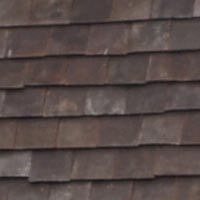 |
ISO 160 (100% Crop) |
ISO 200 (100% Crop) |
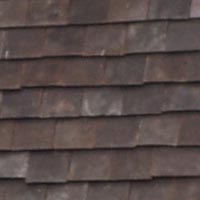 |
 |
ISO 250 (100% Crop) |
ISO 320 (100% Crop) |
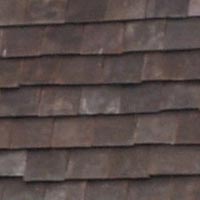 |
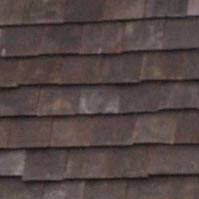 |
ISO 400 (100% Crop) |
ISO 500 (100% Crop) |
 |
 |
ISO 640 (100% Crop) |
ISO 800 (100% Crop) |
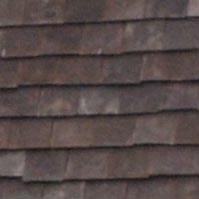 |
 |
ISO 1000 (100% Crop) |
ISO 1250 (100% Crop) |
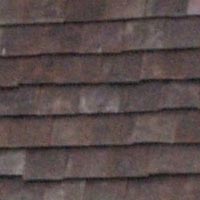 |
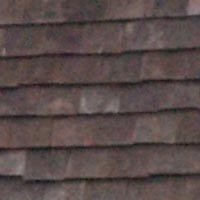 |
ISO 1600 (100% Crop) |
|
 |
Sharpening
Here are two 100% crops which have been Saved as Web - Quality 50 in Photoshop. The right-hand image has had some sharpening applied in Photoshop. The out-of-the camera images at the default setting are a little soft and benefit from some further sharpening in a program like Adobe Photoshop. Alternatively you can change the in-camera sharpening level if you don't like the default results.
Original
(100% Crop) |
Sharpened (100% Crop) |
 |
 |
 |
 |
File Quality
This Olympus E-400 has four different file quality settings with SHQ being the highest quality JPEG option and RAW producing the largest file size. Here are some 100% crops which show the quality of the various options, with the file size shown in brackets.
| 10M
SHQ (6.27Mb) (100% Crop) |
10M
SQ (3.27Mb) (100% Crop) |
 |
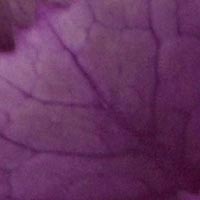 |
| 10M
HQ (2Mb) (100% Crop) |
10M
RAW (21.03Mb) (100% Crop) |
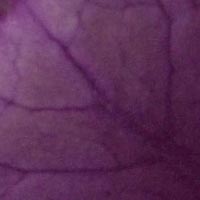 |
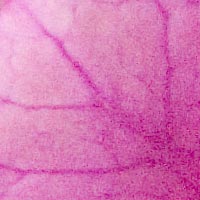 |
Chromatic Aberrations
The Olympus E-400 performed impressively showing no signs of chromatic aberrations or purple fringing even when capturing images with high-contrast lighting. Here is a 100% crop which shows how few chromatic aberrations there are:
| Chromatic
Aberrations (100% Crop) |
 |
Macro
Entry-level DSLR users opting for the Olympus E-400 kit will find the two lenses will enable them to capture most general subject matter. However, the 28-84mm and 80-300mm (35mm equiv.) lenses are not capable of a true 1:1 macro reproduction, but practitioners will be able to get quite near with a 25cm focusing distance. The first image shows how close you can get to the subject (in this case a compact flash card). The second image is a 100% crop.
| Macro Shot |
Macro Shot (100% Crop) |
 |
 |
Flash
The Olympus E-400's pop-up flash has a guide number of 10 and flash compensation of +/- 2 EV in 1/3 EV steps. It also has a plethora of settings including red-eye reduction, slow synchronization, slow synchronisation 2nd curtain, a fill-in function and slow synchronisation with red-eye reduction. These shots of a magnolia wall were taken at a distance of 1.5m. Below are also some test shots in the different flash modes.
| Flash Off |
|
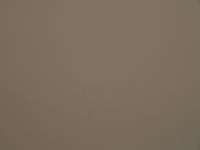 |
|
| Auto Flash - Wide Angle (28mm) |
Auto Flash - Telephoto (84mm) |
 |
 |
And here are some portrait shots. As you can see, neither the Flash On setting or the Red-Eye Reduction option caused any red-eye.
| Flash On |
Flash On (100% Crop) |
 |
 |
| Flash - Red-Eye Reduction |
Flash - Red-Eye Reduction (100% Crop) |
 |
 |
Night Shot
The Olympus E-400 maximum shutter speed is 30 seconds, which is great news if you're seriously interested in night photography. The shot below was taken using a shutter speed of 0.3 seconds, aperture of f/5 at ISO 1600. I've included a 100% crop of the image to show what the quality is like.
| Night Shot |
Night Shot (100% Crop) |
 |
 |
Overall Image Quality
The Olympus E-400 manages to incorporate a 10.8 megapixel 4:3 ratio CCD sensor. Its 10 million effective pixels produce impressive results that should more than satisfy the discerning photo enthusiast. The Olympus SHQ (JPEG) image files can easily be printed out at A4 size, as its image size is 30.89 x 23.16 cm at 300ppi. Photographers will inevitably notice some grain at higher ISOs and minor pixelation when output at A3 size, but any imperfections are acceptable for a camera in this price range. Overall image quality is good enough even though some images may benefit from extra sharpening. Colours appear natural and accurately rendered, and it is difficult to spot any chromatic aberrations or any evidence of purple fringing, even in challenging lighting conditions. The E-400's 100-1600 ISO range should enable photographers enough flexibility to capture images in both bright and dull illumination. Its lowest rating outputs virtually noise free files up to ISO 800. It is only at its highest setting that any grain becomes noticeable in shadow areas. Most sub £1000 DSLR feature a built-in pop-up flash and the one on the Olympus E-400 is more than capable of filling in backlit subjects and avoiding red-eye with ease.
|
![]() PhotographyBLOG
is a member of the DIWA
organisation. Our test results for the Olympus E-400 have
been submitted to DIWA
for comparison with test results for different samples of
the same camera model supplied by other DIWA
member sites.
PhotographyBLOG
is a member of the DIWA
organisation. Our test results for the Olympus E-400 have
been submitted to DIWA
for comparison with test results for different samples of
the same camera model supplied by other DIWA
member sites.
